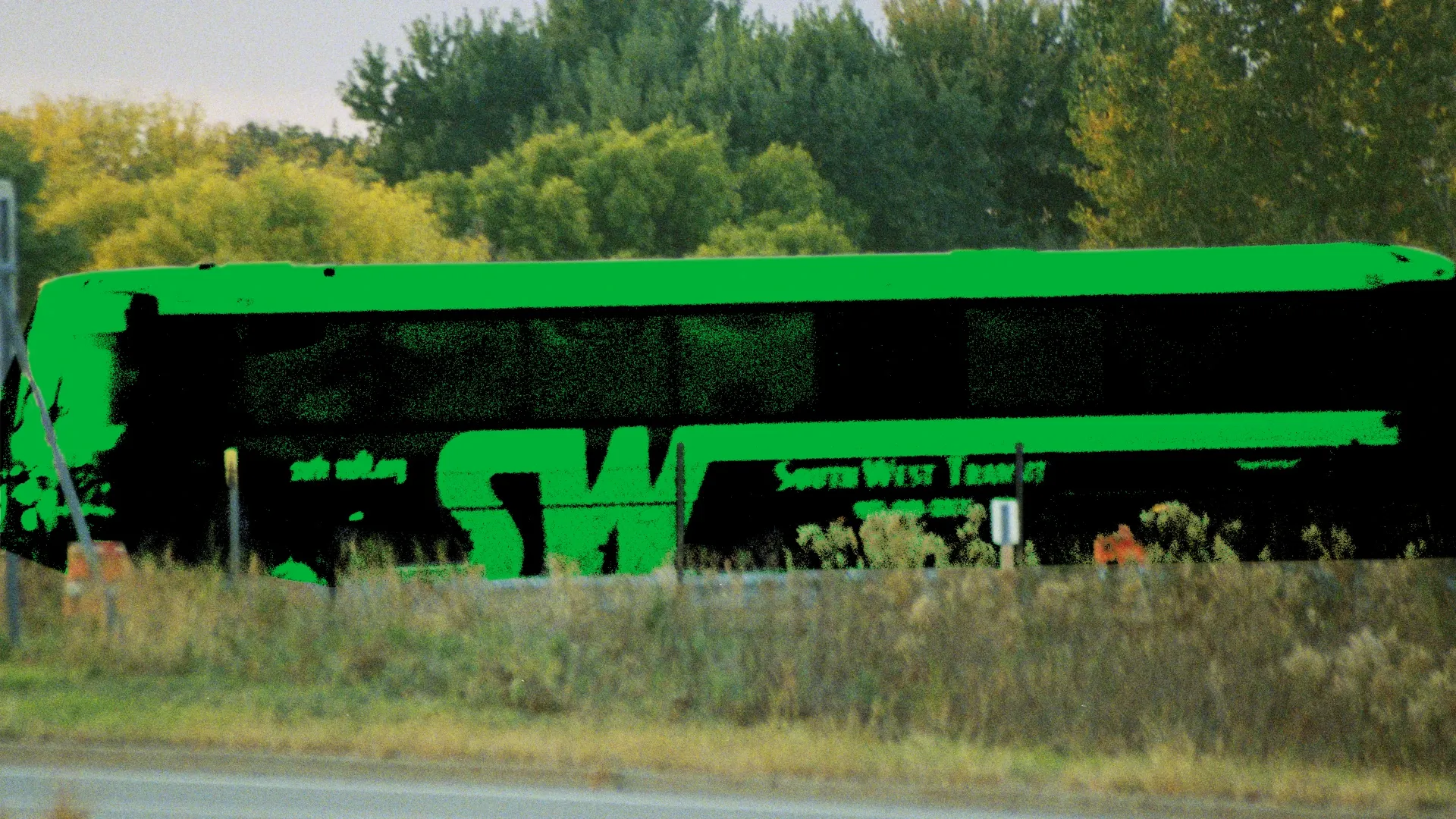
The Contemporary Park and Ride
A closer look at one of the many suburban park and ride stations in the Twin Cities metro area.
The park and ride is a somewhat unfortunate staple of many a transit system, especially the ones operating in the Twin Cities metro due to the region’s surrounding suburban sprawl earning some groupings of townships their own transit operators entirely, such as SouthWest Transit. This bridge between car-dependent commuters and the transit system is viewed as a blight upon urbanism by some, but given the distances between suburban residents and the urban core, it becomes unfeasible to operate routes that would serve even a majority of these commuters without the use of park and rides.
In the draft Network Now
plan released by Metro Transit earlier this year, the agency evaluated data from the Metropolitan Council Annual Park
and Ride surveys.
Figure 25 from the 2024 Metro Transit Network Now Draft Concept Plan. The plot sharp decline in park and ride usage in 2020 due to the COVID-19 pandemic shows signs of lingering into the present day and may be a sign of a more permanent shift in commuting habits.
The clear decline in usage is noted in the report as written in the excerpt below:
Closures of park and rides have been steady since the pandemic began, with 15 of the 72 park and rides in the metro area being closed as of the report’s publication and 19 more expected to be closed in the report timeframe of 2025-2027. While 10 more are planned to be opened, these will be primarily meant for the planned extensions and construction to the Green and Gold METRO rapid transit routes as opposed to the express routes that used to serve them.
Metro Transit gets the vast majority of its ridership hours from local routes, reflecting the fact that the vast majority of their routes are local routes. The commuter express routes, which are the routes that primarily serve the outlying suburbs, never saw a significant share of Metro Transit ridership hours.
Figure 24 from the 2024 Metro Transit Network Now Draft Concept Plan. Metro Transit appears to be in agreement with the permanent shift in commuting habits and plans to consolidate the existing network into a select few Key Express routes.
However, the outlying southern and western suburbs and their four respective transit agencies mostly operate commuter
express routes with only the Minnesota Valley Transit Authority operating local routes
in its region. SouthWest Transit is one of these local-less agencies, and the park and ride I visited was one of the
many that are operated by the suburban agencies for their commuter express routes.
Despite many of the park and rides being closed existing in the outer reaches of the western suburbs, the one I visited in October was not one of them. The Chanhassen SouthWest Village (as the agency calls their park and rides) is a 511 space covered parking shelter served by three SouthWest transit routes: the 600 to downtown Minneapolis, the 695 which takes I-35W to the University of Minnesota campus, and the 698 which takes I-394 to both destinations depending on the subroute. SouthWest Transit does not operate any local routes, so the park and ride is the only way to access the system for most residents of Chanhassen. Despite this, the park and ride was relatively empty when I visited with only a couple dozen spots being filled.
The top level of the park and ride was completely empty when I visited, which likely was typically not the case pre-pandemic.
The park and ride was not just the parking structure, however. It had a nice accompanying station building adjacent to it, which I found quite cozy.
The station building had a connecting walkway to the top level of the parking structure so that individuals could access the station building without having to meander their way to the lower level of the parking structure.
The station building as viewed from the top of the parking structure. The top level appeared to be for administrative purposes as it was not accessible to the public due to a key reader locking the door to it.
While other pictures I tried to get around the inside of the building were too underexposed to be usable, this one turned out. The station building had a decent amount of seating, such as this little corner.
Once I had meandered around the station building for a while, I ended up catching the arrival of a 698U off of trunk highway US-212 adjacent to the park and ride.
Most of the shots I got of the bus approaching were unfortunately blurry due to the shutter speed I was using, but this front-on shot did not suffer from that issue. The bus entrance to the station is right off of the ramp to get onto eastbound US-212.
I'm sure the disembarking passengers weren't used to having someone taking pictures of the bus they just got off of, but so it goes. The canopy was a nice touch to the station building as it provided a bit of shelter from the elements for those waiting for the bus.
Overall, it was a nice little construction that I found to be quite pleasant to visit. I think the consolidation of
transit corridors with the Key Express Network proposition is definitely a step in the right direction, especially given
the significant cratering of park and ride usage and commuter oriented traffic. The expansions in the METRO rapid
transit system focusing on arterial BRT starting with
the ATCS study in the 2010s is definitely
something that I believe will bolster the transit system in the metro area given how road-centric the infrastructure in
the region is. I’m unsure what the future may hold for these structures of varying scales long-term, but I’m sure
they’ll be around and supported for the time being.